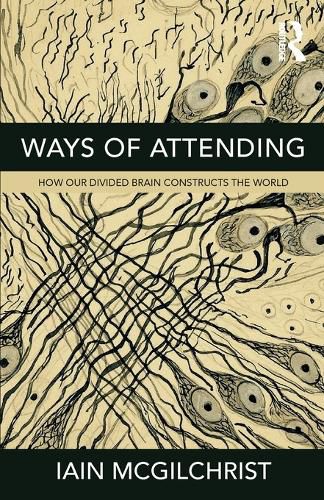Readings Newsletter
Become a Readings Member to make your shopping experience even easier.
Sign in or sign up for free!
You’re not far away from qualifying for FREE standard shipping within Australia
You’ve qualified for FREE standard shipping within Australia
The cart is loading…






Everything we come to know and experience of the world depends on the way we attend to it. For reasons of survival, our brains have evolved to pay two kinds of attention to the world at the same time, though for the same reasons we cannot normally become aware of this neurological fact. This delivers two versions of the world with distinct qualities. In the one, associated with the right hemisphere of the brain, we experience the world as live, complex, embodied, implicit, full of individual, unique wholes which are nonetheless inseparably connected, as are we with it as a whole. In the other, associated with the left, we encounter the world as a representation, full of static, explicit, separable, bounded, but essentially fragmented entities, grouped into classes - but mechanistic and lifeless. As their civilisations declined, the world picture of first the Greeks and then the Romans moved from a fruitful balance of these to the triumph of the left hemisphere’s view. We are busily repeating the pattern, perhaps for the last time.
$9.00 standard shipping within Australia
FREE standard shipping within Australia for orders over $100.00
Express & International shipping calculated at checkout
Everything we come to know and experience of the world depends on the way we attend to it. For reasons of survival, our brains have evolved to pay two kinds of attention to the world at the same time, though for the same reasons we cannot normally become aware of this neurological fact. This delivers two versions of the world with distinct qualities. In the one, associated with the right hemisphere of the brain, we experience the world as live, complex, embodied, implicit, full of individual, unique wholes which are nonetheless inseparably connected, as are we with it as a whole. In the other, associated with the left, we encounter the world as a representation, full of static, explicit, separable, bounded, but essentially fragmented entities, grouped into classes - but mechanistic and lifeless. As their civilisations declined, the world picture of first the Greeks and then the Romans moved from a fruitful balance of these to the triumph of the left hemisphere’s view. We are busily repeating the pattern, perhaps for the last time.